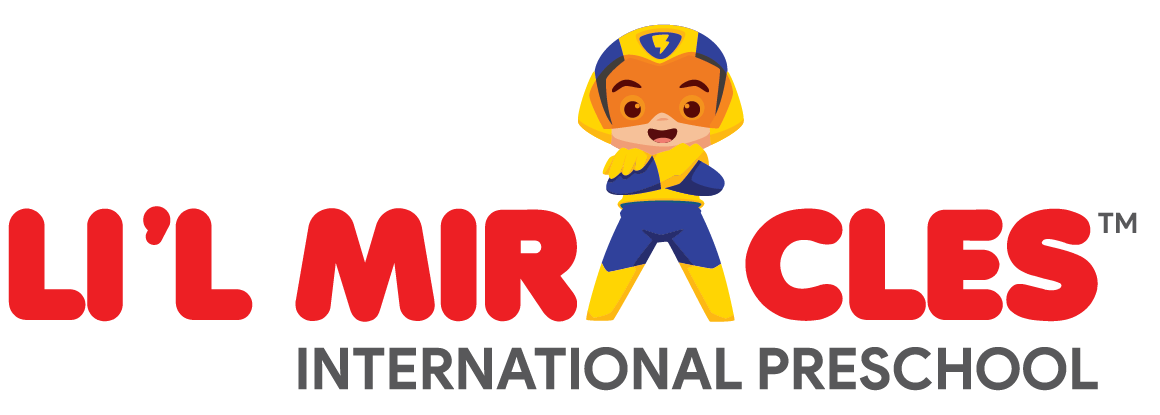Did you know that young children have an extraordinary ability to learn multiple languages simultaneously? Up until the age of seven, their brains are like sponges, eagerly soaking up new words, sounds, and sentence structures. This unique window of opportunity allows them to develop linguistic skills that can benefit them for a lifetime.
Why Early Childhood is Crucial for Language Learning?
Research shows that the early years are a critical period for language development. The brain’s plasticity during this time enables children to effortlessly acquire the sounds and grammar of multiple languages, often without the accent that adults struggle to overcome when learning a new language. Exposing children to different languages at a young age not only makes them more proficient speakers but also enhances their cognitive abilities, improves problem-solving skills, and fosters a deeper understanding of different cultures.
The Role of Family in Language Development
As parents and family members, you play a vital role in nurturing your child’s linguistic abilities. Speaking to your child in different languages at home is one of the most effective ways to develop their multilingual skills.
Here’s how you can do it:
- One Parent, One Language: If you and your partner are fluent in different languages, try using the “One Parent, One Language” approach. For example, one parent could speak to the child exclusively in English, while the other uses Hindi. This method helps children distinguish between languages and associate them with specific individuals.
- Language-Rich Environment: Surround your child with a variety of languages by incorporating them into daily activities. Whether it’s listening to songs, reading books, or watching educational programs in different languages, these experiences reinforce what they hear from family members and make learning fun.
- Involve Extended Family: Encourage grandparents, aunts, uncles, and cousins to speak to your child in their native languages. This not only provides more language exposure but also strengthens family bonds and gives your child a sense of belonging to a multicultural family.
- Language Playdates: Arrange playdates with other families who speak different languages. Social interactions with peers in a multilingual setting can motivate your child to practice their language skills naturally and confidently.
- Consistency is Key: Consistency in language exposure is essential. Make sure that the child regularly hears and uses each language. Even if it’s just during specific times of the day or in particular contexts, consistent practice will help reinforce their skills.
Benefits of Raising Multilingual Children
Children who grow up in a multilingual environment reap numerous benefits:
- Enhanced Cognitive Abilities: Multilingual children tend to have better problem-solving skills, creativity, and multitasking abilities. Learning multiple languages stimulates the brain, making it more flexible and adaptable.
- Cultural Awareness: Being exposed to different languages often means being exposed to different cultures. This broadens a child’s perspective, fostering empathy and understanding of the world around them.
- Future Opportunities: In our increasingly globalized world, multilingualism is a valuable asset. It opens up more career opportunities and makes it easier to connect with people from diverse backgrounds.
The early years of a child’s life are a precious time for language development. By making a conscious effort to speak different languages with your child, you’re not only enhancing their linguistic skills but also giving them the tools to succeed in a multicultural world. So, whether it’s during playtime, mealtime, or bedtime, take the opportunity to introduce your little one to the beautiful diversity of languages. Their future self will thank you for it.
Lalit Sharma,
Founder
Li’l Miracles International Preschool




